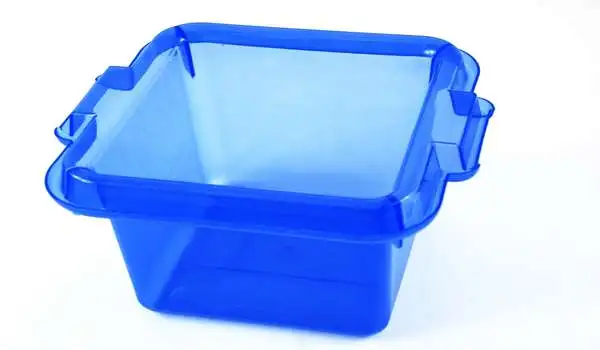If you’re like many people, you probably want to get your home looking fresh each and every day. Consequently, you might consider buying some new and older stuff to give it a last go. However, this might be a rather labor-intensive method of doing so. Instead, you can choose to wash your old clothes by hand. This way, you won’t need to worry about over-cleaning old clothes and you’ll be able to keep on top of your seasonings. Here are a few helpful tips on washing blankets by hand.
Fill A Plastic Bin With Cold Water

Many people prefer to wash their clothes by hand, not only due to the time involved but also due to the fact that you won’t always have a plastic bin available to you. This is a good thing, as it keeps your clothes clean and free of oils. This can also help prevent mildew from occurring in your clothes. Check if your bin is already equipped with a water bucket and a soap bucket. This is helpful when you’re washing your clothes by hand.
Add Liquid Detergent

You’ve got yourself a mess with all the water and soap combined in one spot. That’s where a liquid detergent comes into play. Liquid detergents are designed to take up all of theahtUP in your washcloths. You can purchase liquid detergents to clean your washcloths, but if you’re using your own ingredients, you can also use this blog’s simple method.
Make Sure The Water And Soap Are Combined Well
Your washcloths have come together to create a mess, and you need to separate them. You can do this by filling a plastic bin, adding the necessary amount of soap, and then adding the rest of the ingredients for a complete wash. It should be heated to a low boil before adding soap. If you’re using a handheld washing machine, you can simply add it and soap in a slow stream to complete the wash. If you’re using an upright washing machine, you can add the water and soap in a continuous stream to complete the wash.
Read More: How To Wash Pillowcases
Submerge The Material Underwater
Not only does it make the water less likely to balloon, but it also prevents scum and other unwanted bits from forming on the bottom of the tank. The material should be submerged several times, or it will germinate and grow. It’s best to go this route if you’re putting your time and effort into growing your own vegetables.
Knead The Fabric One Section At A Time
If you’re working with a heavier fabric, you may wish to go for a softer method of working it. This way, you won’t struggle to our with the other sections of the blanket. This can be a good option if you’re a more advanced user and are mainly interested in making a craftsman-style blanket.
Remove The Blanket And Press The Excess Water
If you’re washing a heavier-weight blanket, you may wish to take it to the dryer to remove all. This not only cleans the blanket but also makes it easier to shape. If you’re working with a light blanket, you can simply remove it and hang it to dry.
Clean Until There Is No Trace Of Soap
This can be a tough task, but you should achieve it eventually. You can get it in the washcloths that have been washed by hand, so load the tank with cold water, add the soap and washcloths, and you’ve got yourself a clean water source.
Place The Fabric Between Two Dry Towels
If you’re working with a heavier fabric, you may wish to use a towel to separate the sections. This makes cleaning the towel easier and removes any excess from the material. If you’re working with a light fabric, you can Lay it out on the towel line to dry.
Read More: How To Keep Towels Soft and Fluffy
Draw Out The Water Until There Is No Trace Of Soap
Washing bath towels are a favorite pastime for many people, so it should come as no surprise that they would like to wash their blankets by hand as well. However, you’re not complete without a towel-to-dry rag, and this is what you’ll use to do that.
Final Thoughts
Wash your clothes by hand every few months to keep them from becoming too dry and tight. Always have a towel-to-dry rag in the wash box to help prevent any water from getting inside the house.
And if you’re still not able to washing your blankets by hand, you can also try a dryer or a hot water line, but this is unlikely to dry your blanket out as much as a dryer would.

